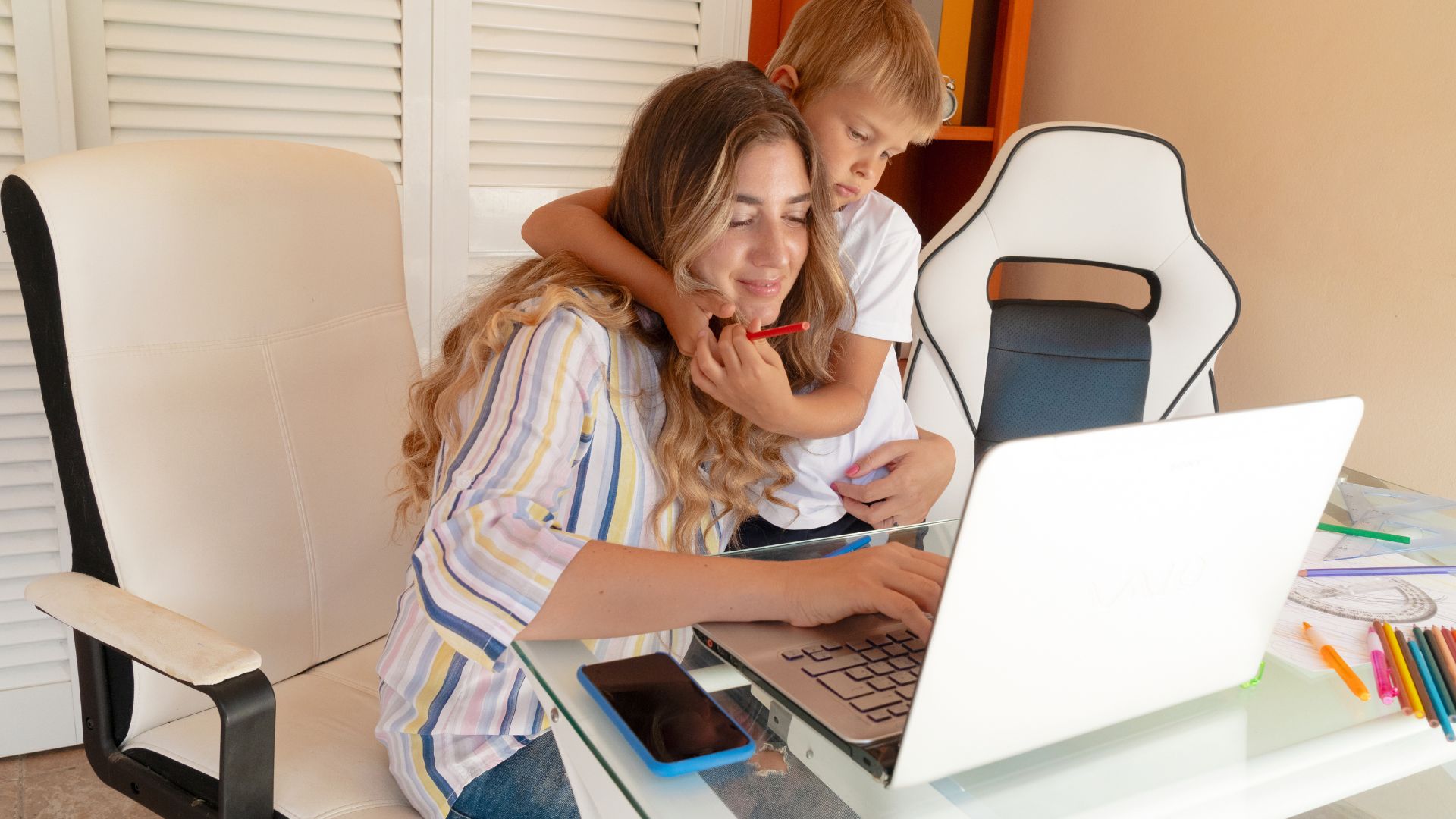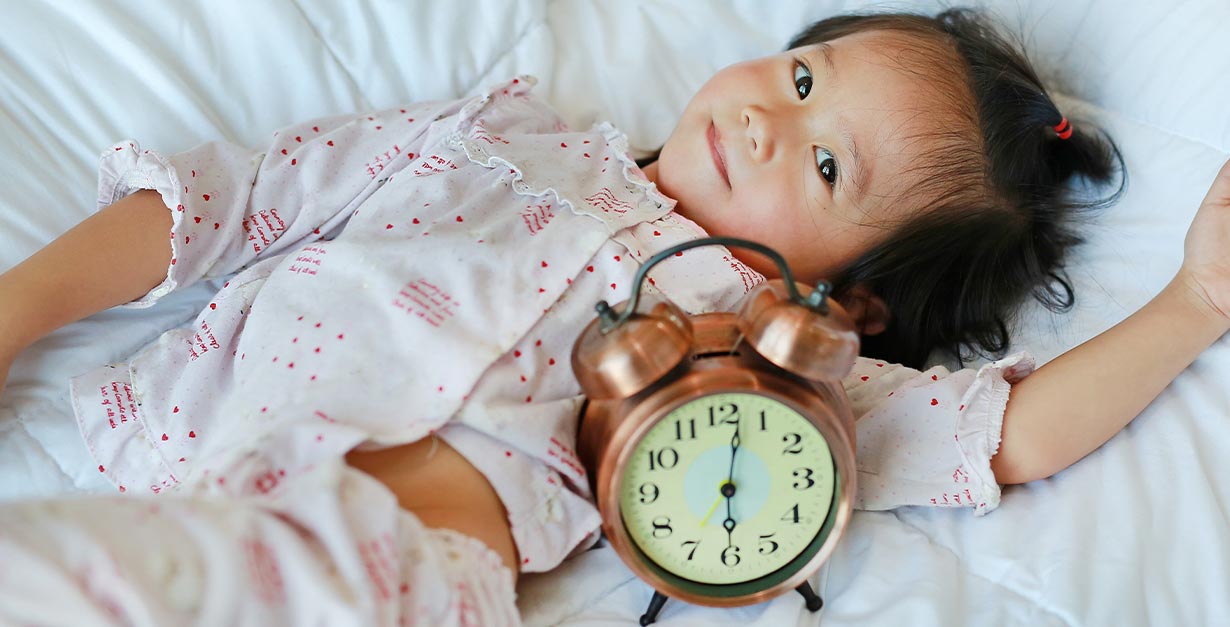The Toddler Pillow and Other Room Safety Rules for the “Big Kid Bed”
Congratulations! You’ve just moved your toddler to a “big kid” bed. The ‘baby’ decorations are gone and you and your toddler have agreed upon a new theme. You’ve gone shopping for wall decals, a new night light, and, the best part of all, new bedding. Will that new look include a toddler pillow?
Whether you’ve opted for a toddler or larger bed, the bedding set you’ve purchased comes with a pillowcase, which would indicate that your baby—even though they’re technically a preschooler—is ready for a pillow, right?
How is a Pillow Different Than a Lovey?
Likely, your child has become attached to a small blanket or toy by the time that you are ready to transition her to a larger bed. A lovey is a small security object that is relatively safe, which means that there aren’t parts or pieces that could easily be pulled, chewed, or removed. A pillow is a much larger object that will have a permanent place in your child’s bed at some point. You may be surprised that your toddler does not necessarily need a pillow just because every bedding set for children over a year old includes one.
Want to read about Loveys?
Read:
What is a Toddler Pillow For?
Just because the set includes a pillowcase, does not mean you have to use it. What is the purpose of a toddler pillow, after all? To add to your child’s decor? Or provide comfort? Hopefully, your child has been sleeping without a pillow up to this point.
But are Pillows Safe for Toddlers?
Obviously, you remember the removal of padded crib bumpers, blankets, and stuffed animals when your child was a baby. But what about now? Pillow use has been associated with suffocation if your child is too young and unable to move well independently. For this reason, it may be in your child’s best interest to wait as long as possible to introduce a pillow.
When to Introduce a Toddler Pillow
If the purpose of a pillow is to make sleep more comfortable, then shouldn’t we wait until our child needs it? After all, she’s been sleeping this long without it. If the lack of a pillow isn’t affecting your child’s sleep, there’s no harm in waiting to introduce one until your child is older. Depending upon where you look, this could mean anywhere from 18 months to 8 years. That’s a big gap!
Most children do not need a pillow as soon as they transition to a “big kid bed.” Some children may be ready as early as 2 years old, just don’t choose a big, fluffy feather pillow that your child would be lost in.
When your child is ready for a pillow—or you think they are—it’s important to choose a pillow that is soft yet firm to provide optimal support. You may need to test a few different pillows before you find one that works for your child. With so many different options such as feathers, fiber fill, memory foam, and more. It may take some trial and error on your part.
What if Your Toddler Refuses a Pillow?
You may also find that your child is not receptive to the introduction of a pillow. That’s okay! You can always try again in a few weeks or a month. I’ve even met children who preferred to sleep without a pillow at all.
Once you’ve got the pillow situation under control, make sure that the rest of your child’s room is safe for sleep as well. I’ve talked before about sleep safety, but I think it’s important to reiterate some basic points:
Make Sure Your Toddler Bed is Age-Appropriate
For children under 3, a crib is the safest option with the mattress on the lowest setting. This is because young children lack impulse control, which explains why your child becomes a yo-yo when put into a “regular” bed. Children develop impulse control around between 2.5 years and 3 years old.
Anchor the Furniture
Toddlers who are not in a crib can roam freely in their room. Be sure you anchor all of the furniture in their room to the wall. Most furniture comes with directions and even hardware to ensure your child can’t pull down a dresser or bookshelf. Even if your baby has been sleeping all night in a crib, never underestimate the curiosity and climbing ability of a toddler!
Remove Suffocation and Strangulation Hazzards
When a new baby comes home, they’re immobile. Babyproofing the house can usually wait a few months, but should be done well before the toddler years.
Make sure that your child’s bed is not next to the blinds, because children are funny: putting things “up” is almost like a game. Make sure that you have removed or secured cords (like on blinds or lamps), and outlets are covered. Once you’ve “child-proofed” the bedroom, take some time to look around the rest of your house to make sure that those cords and outlets are secure as well.
Keep Medicines and Cleaning Supplies Out of Reach
Out of sight, out of mind? Not necessarily, especially when you’re dealing with a curious child. Make sure that your medications are out of the medicine cabinet — your child could easily climb up on the counter if she is determined — the same goes for cleaning products. Ensure that you store anything potentially toxic well out of reach, even if that means putting in the garage.
Make Sure Smoke Alarms are Installed and Working
If you don’t have them installed, be sure to rectify that. They will keep your children safe. If you have bedrooms on upper stories, teach your child to go to the window for help, and if you have older children, teach them to use an escape ladder (but only in emergencies!)
Don’t Forget the CO Detector
Most homes are not equipped with CO *(carbon monoxide) detectors, but you can purchase them at any home improvement store. Make sure that you install them near any fuel-burning appliance (like your gas stove) and in the hallway near all sleeping areas. Nowadays most smoke detectors also include a CO detector, but check the packaging to be sure.
Keep a Stocked First-Aid Kit
As our children get older, they get more bumps and bruises. Make sure that you are prepared with a fully stocked first aid kit both in your home and your vehicle(s). I would also make sure that you have some Ipecac on hand just in case she swallows something dangerous.
Keep Emergency Numbers Close
Post important telephone numbers in a prominent place, and include police, fire, EMTs, and even an emergency contact who is not local (like Grandma or a close friend). Teach your child important numbers, and make sure that they understand how and when to use them. Even if they are in your cell phone, having them on the wall can help you get them on the line faster if you’re flustered.
Maintain Boundaries
Teach your children as soon as possible that they are not allowed to go into your purse with out your permission. Not only does this teach good boundaries but you don’t want them eating your Tylenol or ingesting a large amount of mints, Tums, or whatever else you may have in your purse.
Teach Your Child YOUR Information
If your child is old enough, make sure that your child knows your name, address, and telephone number so that should she become lost, she can find you. Along with this, make sure to impress the importance of finding an authority figure like a police officer or firefighter, so that she doesn’t approach random strangers.
Even though our children grow up quickly, we need to always keep their safety in mind, both when it comes to sleep, as well as play. Make sure that all areas of your home are kid-friendly. You’ll be able to un-“child-proof” soon enough.







